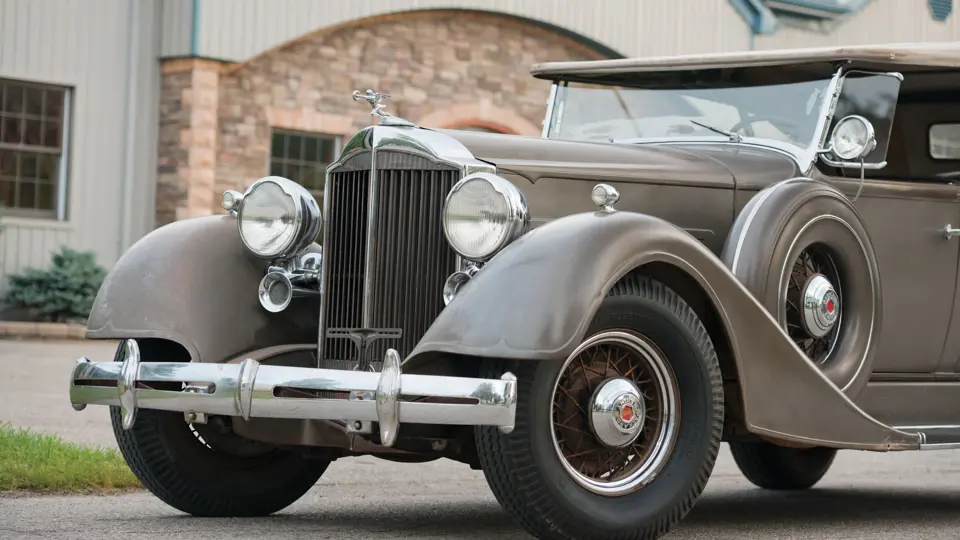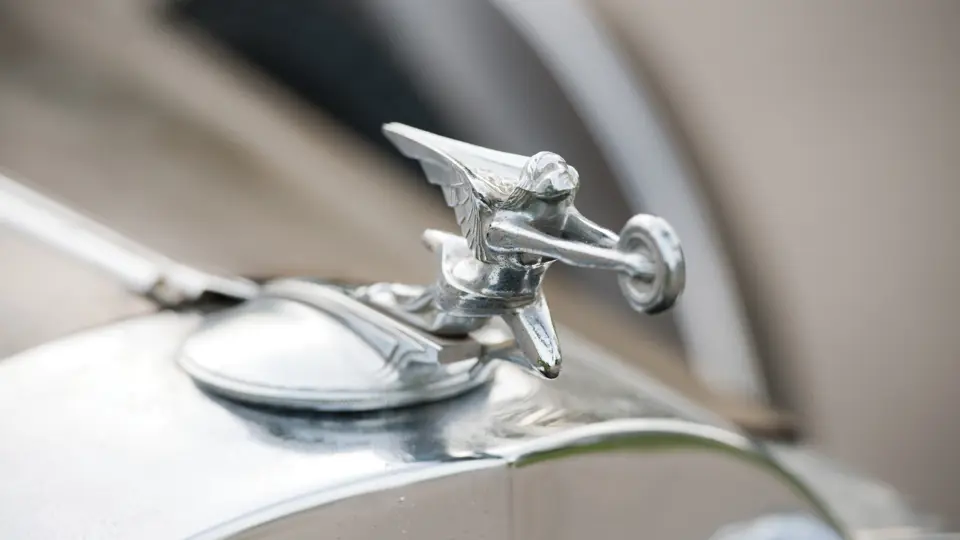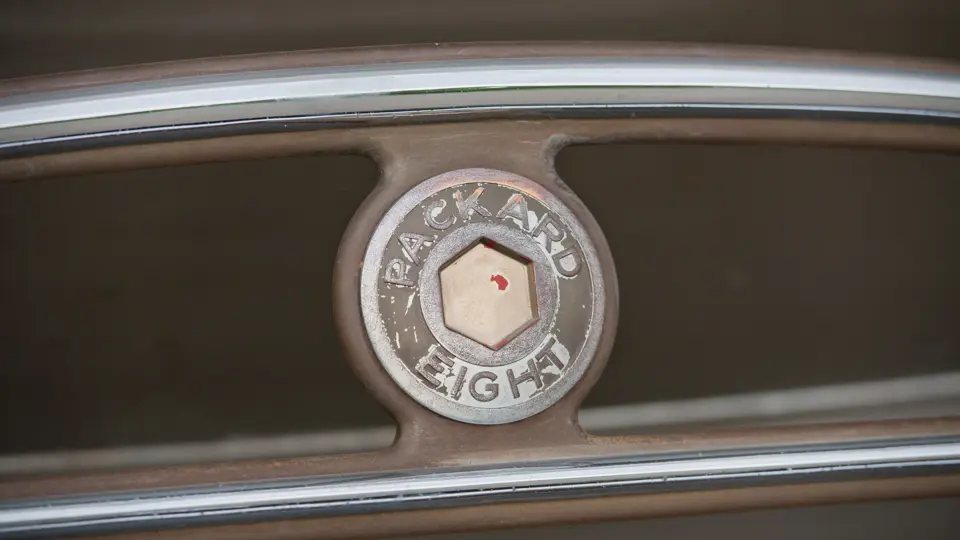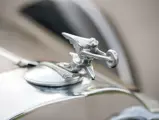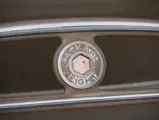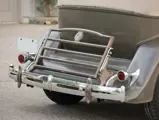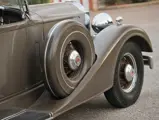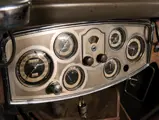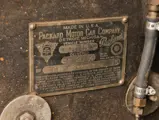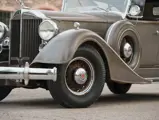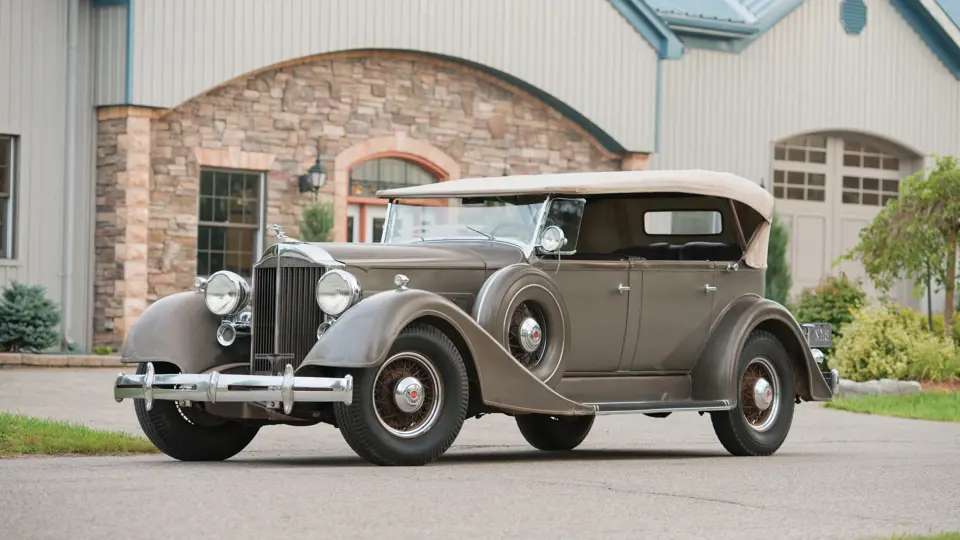
1934 Packard 1101 Eight Phaeton
{{lr.item.text}}
$132,000 USD | Sold
Offered from the Estate of Jim Miller
{{bidding.lot.reserveStatusFormatted}}
- Offered from the Estate of Jim Miller
- Formerly of the Pebble Hill Plantation
- All original and unrestored, with only two owners from new
- A Preservation Class stand-out in waiting
Model 1101. 120 bhp, 320 cu. in. L-head inline eight-cylinder engine, three-speed manual transmission, solid front axle with semi-elliptic leaf springs, live rear axle with semi-elliptic leaf springs, and four-wheel mechanical drum brakes. Wheelbase: 141 in.
As the heiress to one of Georgia’s largest fortunes, Elisabeth Ireland Poe enjoyed a life of leisure and philanthropy on her family’s Thomasville plantation, Pebble Hill. “Miss Pansy,” as she was known, was an avid horsewoman and skilled polo player, and she was known for her concern for her employees and her family. Like many members of families of established wealth, her taste in automobiles was finely hewn and conservative.
Packard ads of the period liked to display gates of fabulous manor homes through which the company’s products had passed through for three decades. Pebble Hill was never featured in one of those ads, but it could well have been. “Ask the Heiress Who Owns One.”
In 1934, Miss Pansy must have been entranced by Packard’s new styling, which is widely considered today to be among the company’s very best. She purchased this eight-cylinder, five-passenger Phaeton new, and it was a well-equipped “Standard Eight” with a driver’s side spotlight, dual side-mounted spares with full covers, a trunk rack, and painted wire wheels with chrome trim rings.
The car was in service on the grounds of Pebble Hill, carrying its owner, her family, and guests around the vast property for 44 well-maintained years. Even today, it is easy to imagine this Packard moving slowly and silently amongst the camellias, with a liveried chauffeur at the wheel.
After the grand lady of Pebble Hill passed in 1978, the property became a museum, and it was preserved much as she had left it, for the public to enjoy. The Packard, appropriately, then became an artifact in the museum. It was garaged and displayed in its original carriage house until Mr. Miller became its second fortunate owner in 2010. At the time, it was probably the last 1934 Packard that was still in the same home that it had occupied since new.
During its time at Pebble Hill, the Packard was well-maintained, as one would expect of a car kept up by chauffeurs. Decades ago, the leather upholstery on the seats and the canvas top were replaced, but as time passed, the new materials aged. Today, they look right at home alongside the beautifully patinated two-tone brown finish and chrome that is, in the words of an RM specialist, “dull and pitted all over, just as it should be.” Seven decades after it was built, this car still has excellent panel fit throughout, and the dashboard gauges still show well, with the odometer recording 27,235 miles that may well be original, which is not surprising for a car that probably covered most of its mileage within the grounds of Pebble Hill Plantation.
The car’s only modern work has been the installation of a 12-volt electrical system, which was done years ago, perhaps at the time of the upholstery and top work, and a service of the engine was performed by RM Auto Restoration before Mr. Miller’s acquisition. Only very minor damage shows to the passenger-side fender, and it need not be corrected to show the car in the Preservation Class in the concours of one’s choice.
While Jim Miller’s collection included many wonderfully restored automobiles, he was ahead of his time as one of the first to recognize the importance of preserving excellent originality whenever possible. Pansy Poe’s Packard is a wonderful example of that philosophy. It is one of the finest original and unrestored examples that remain from the year that is considered by many to have been Packard’s finest hour. Even more importantly, it is a wonderful memento of American social history, as it has been preserved through the loving care and philanthropic forethought of its gracious original owner.

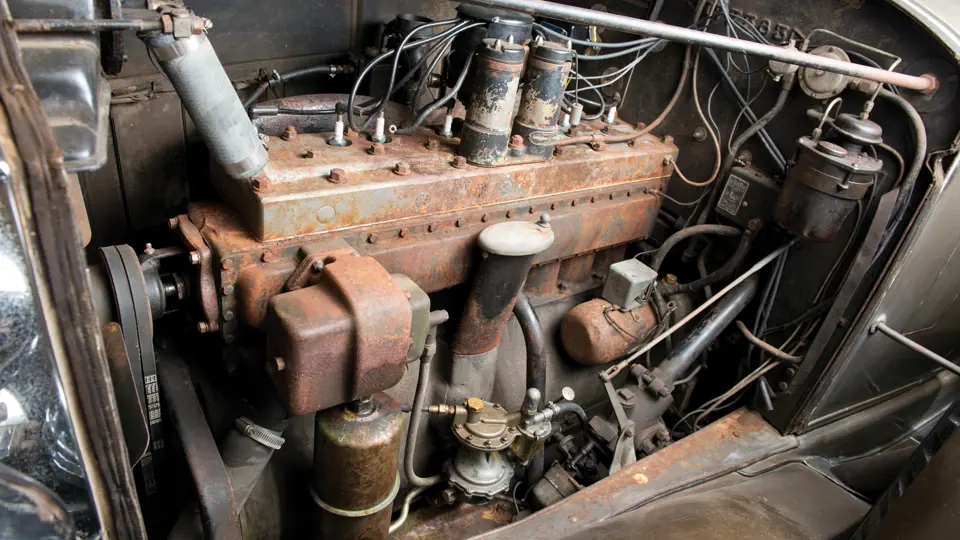


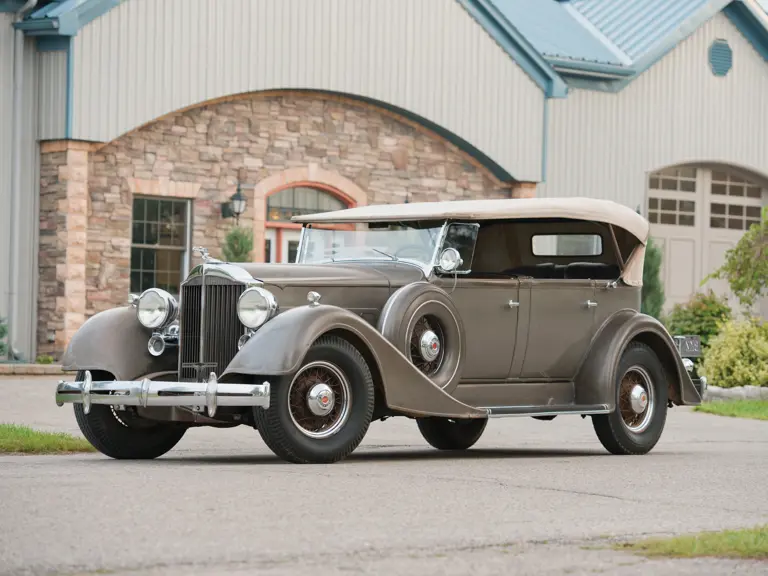
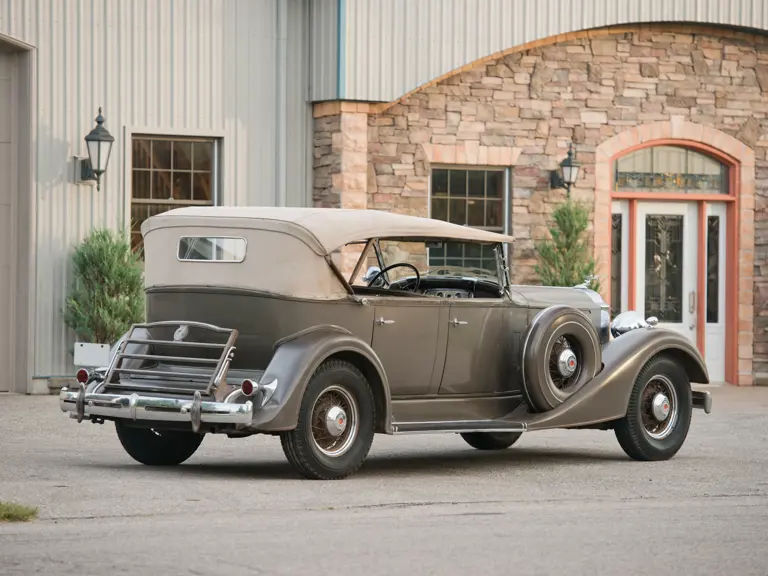

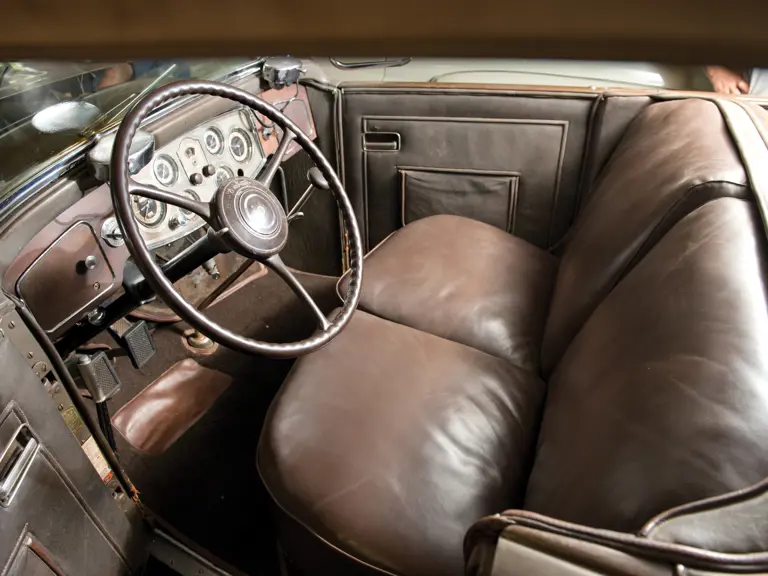
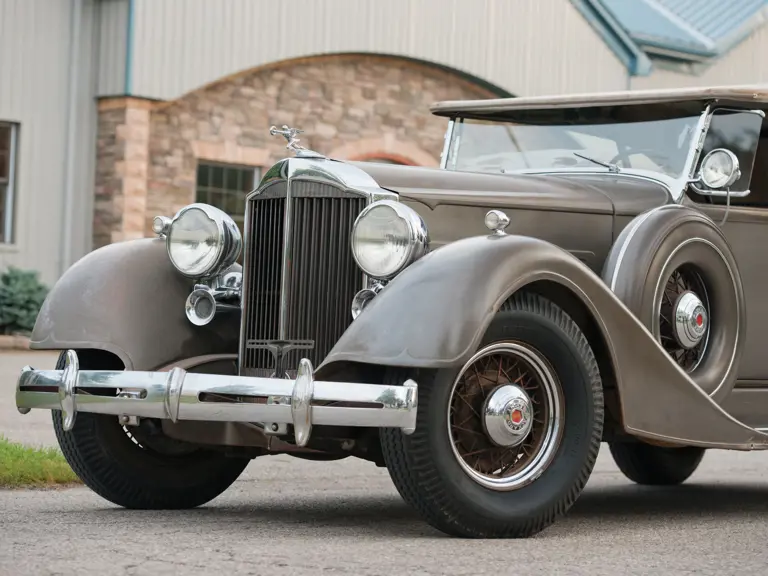
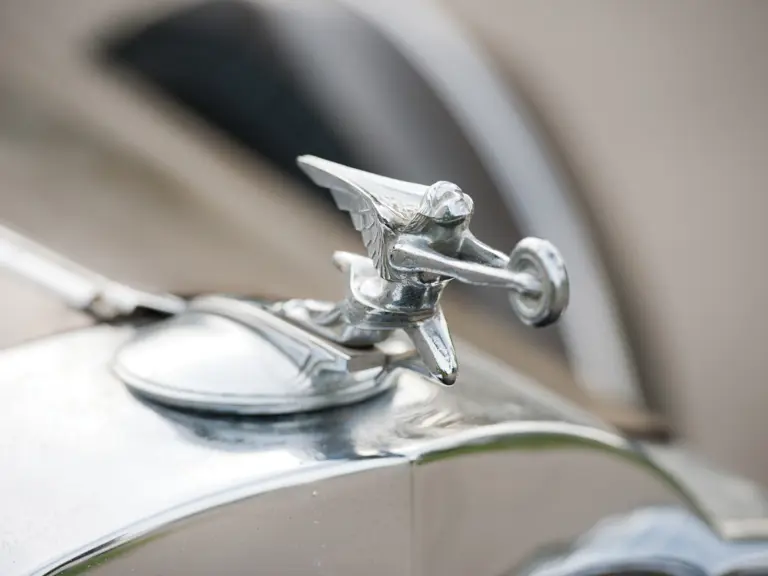
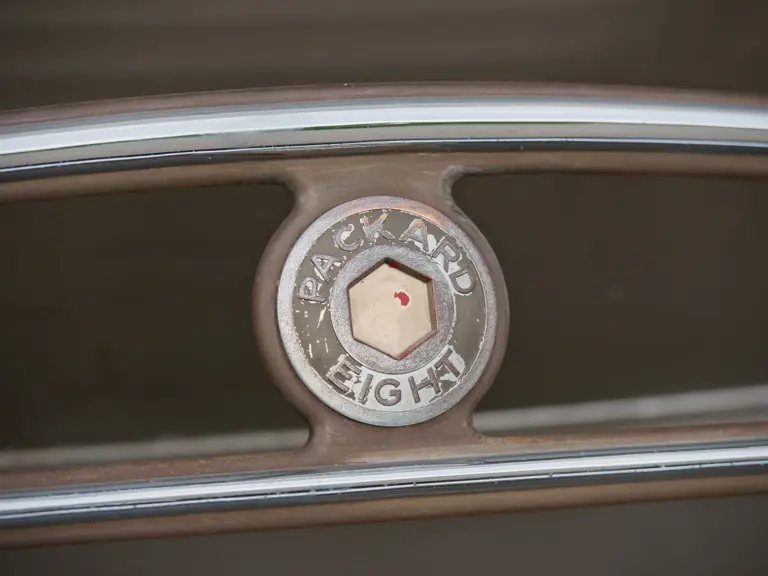
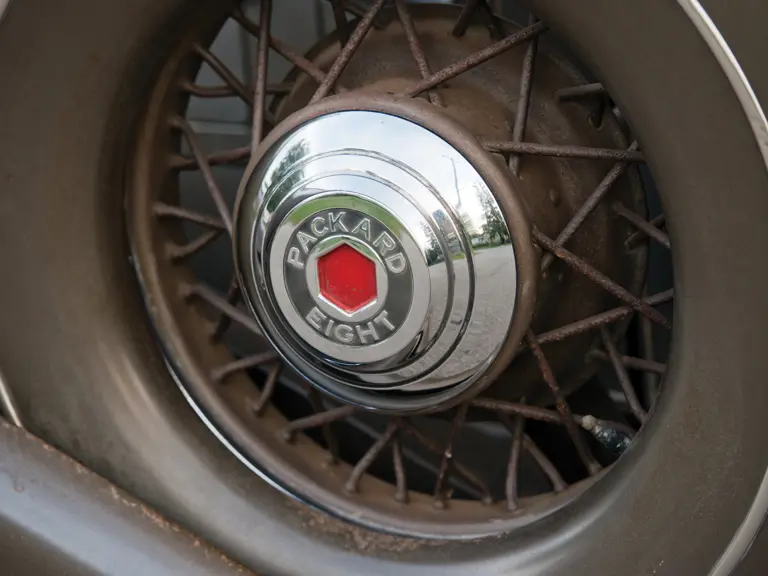
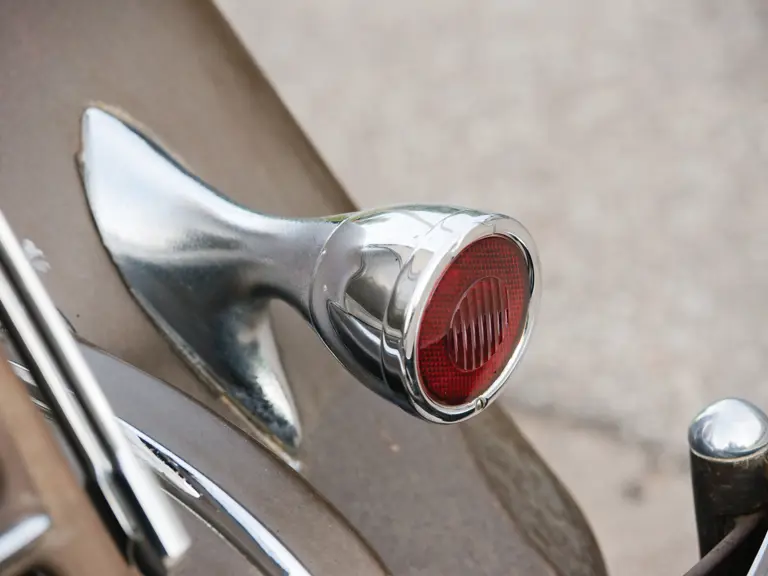
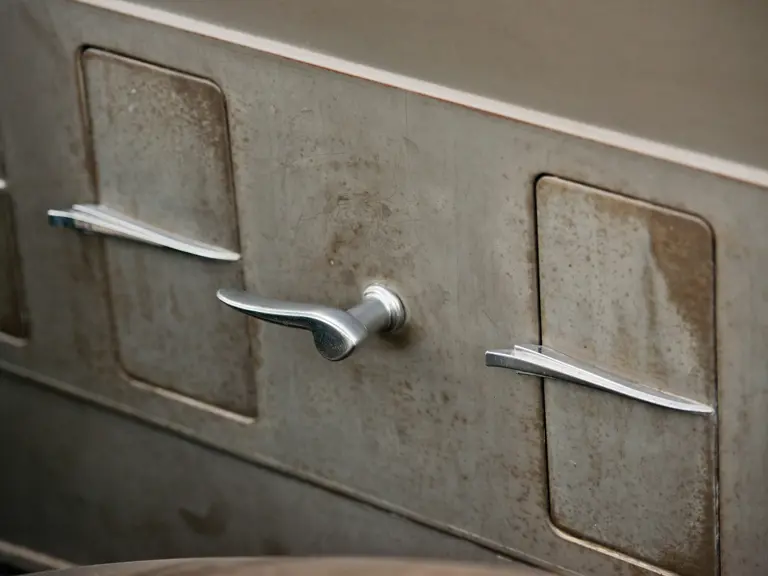
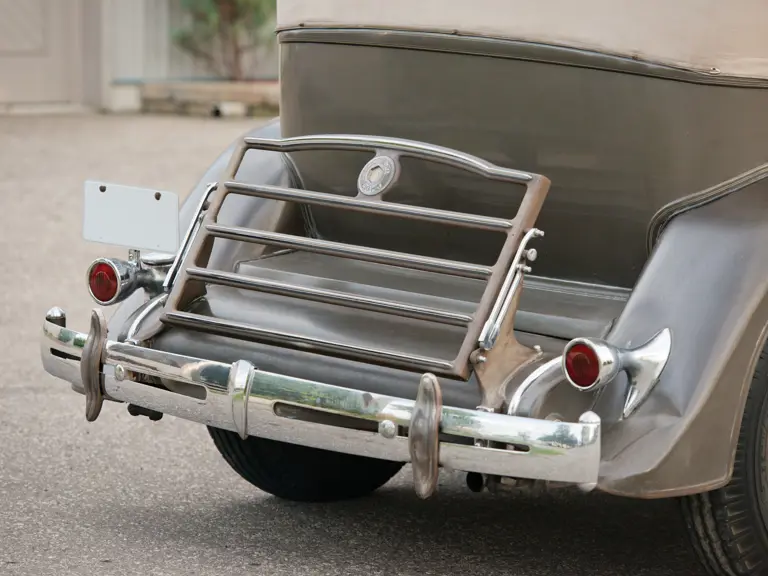
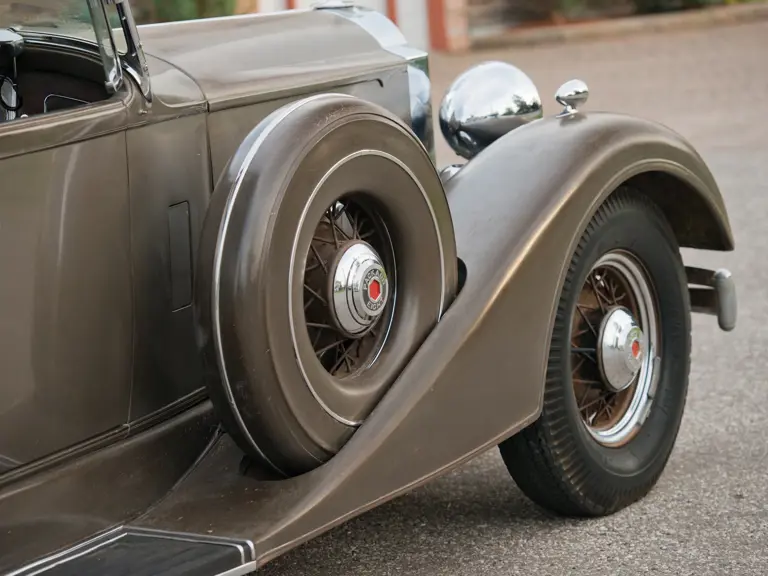
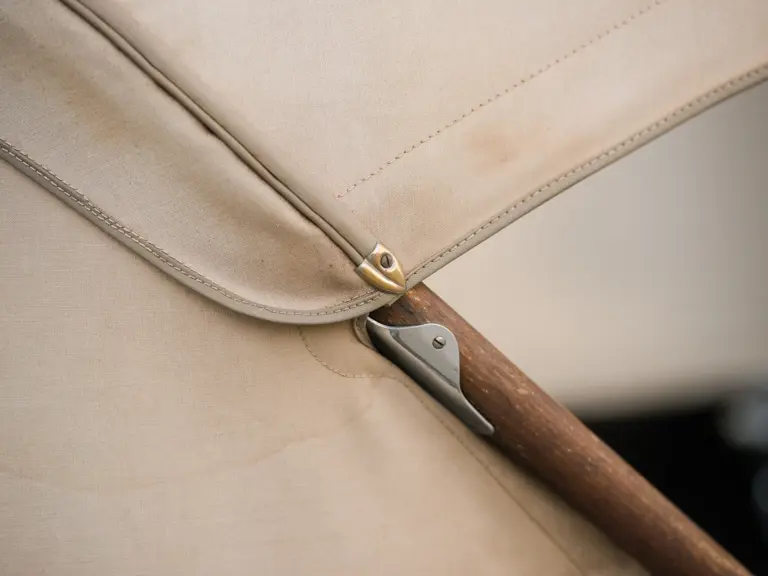
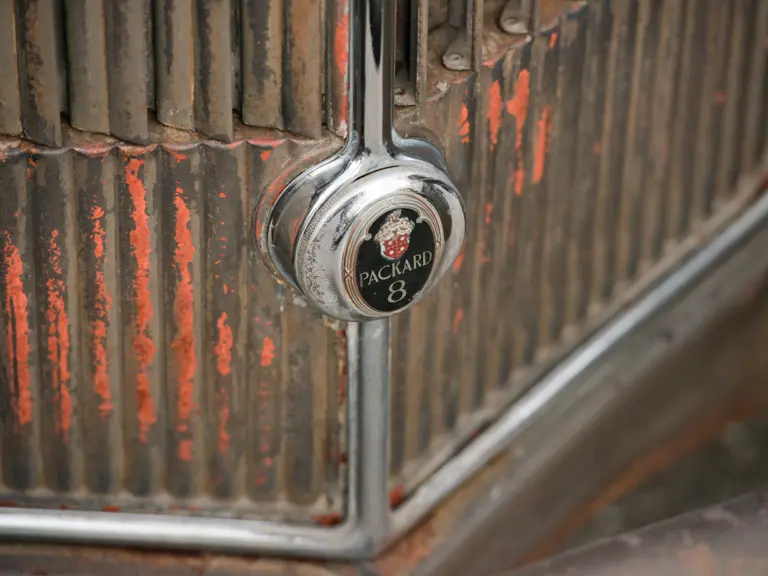
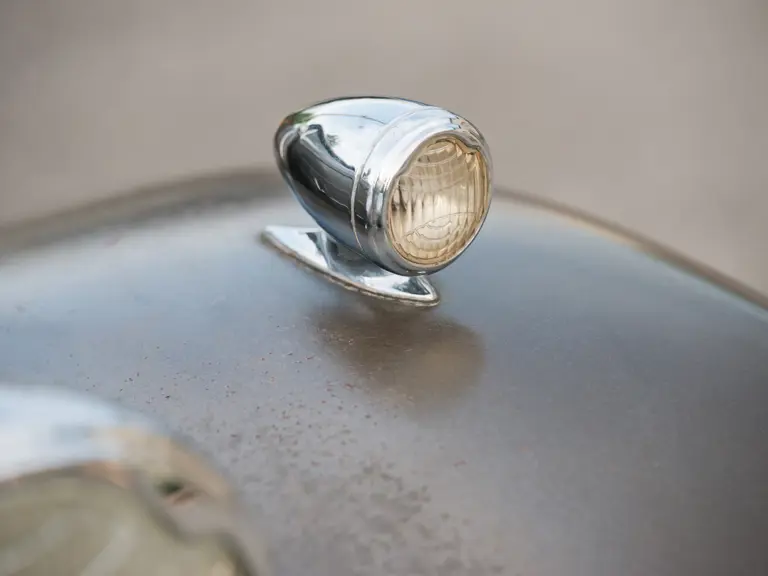
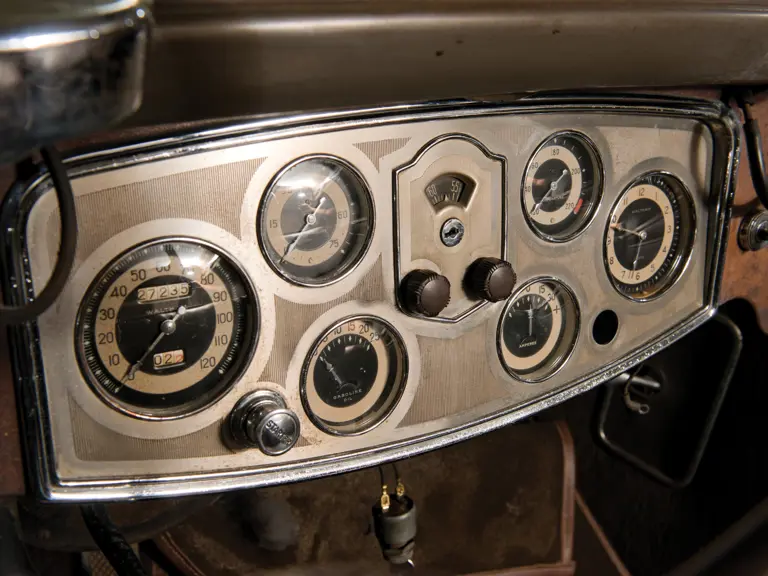
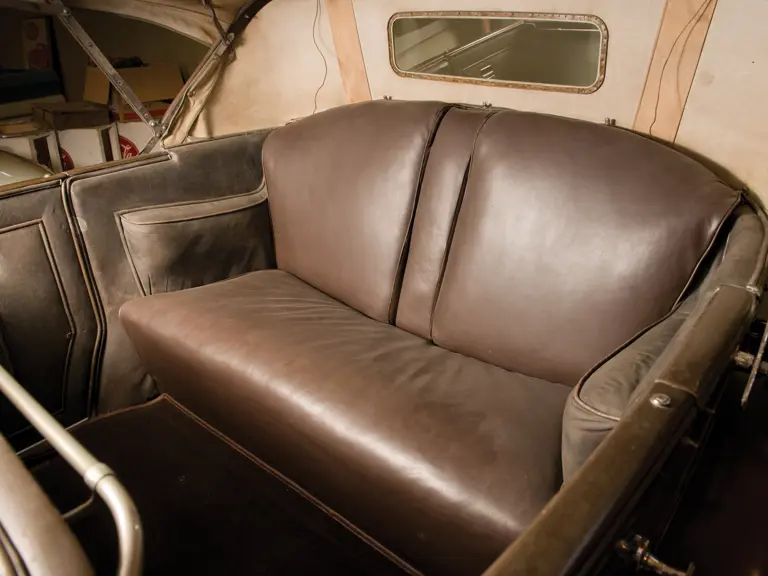
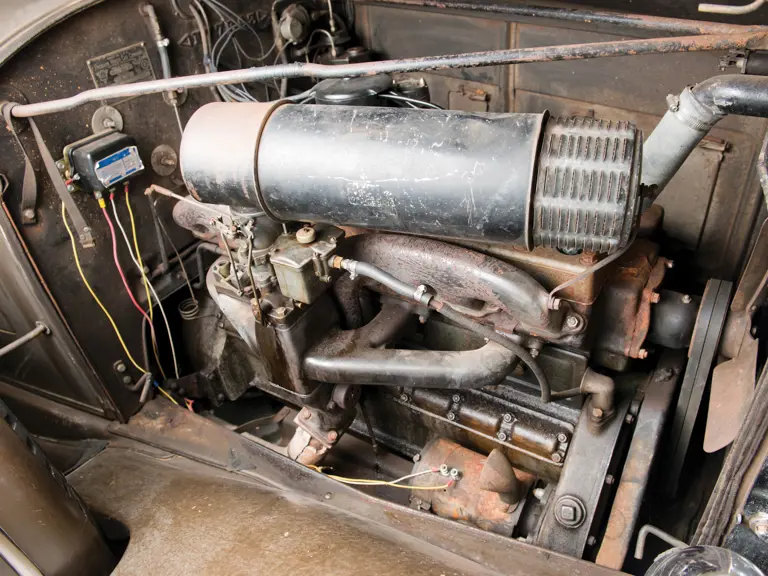


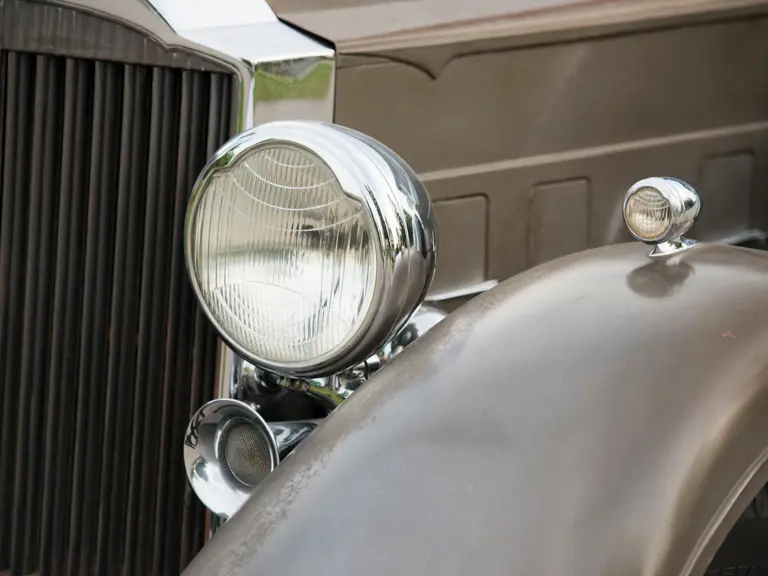
 | Hershey, Pennsylvania
| Hershey, Pennsylvania
